Sitka spruce (SS)
Sitka spruce and western hemlock dominate one of the great forest types: the coastal forest of the Pacific Northwest. Sitka is the largest of the spruce Genus (Picea) with some trees growing to a height of 80 m and a dbh of 500 cm. It is only surpassed in size by Douglas-fir in its northern range.
Sitka spruce is Britain’s most widely planted productive conifer growing in the milder wetter conditions of the west and north. By area it accounts for c 25% of our forest cover or c 50% of all conifer plantings. Also planted in other countries with a maritime climate i.e., Iceland, Ireland, Norway, and Denmark but not to any extent elsewhere in continental Europe. It has become widely naturalised where grown and considered an invasive species by some conservation organisations.
Sitka is likely to do better in the predicted wetter and warming conditions of the west of Britain. Species research is identifying equally productive species to assist with forest diversification and reduce potential risks from pests and disease. It is however challenging promoting replacements for this well understood, fast growing and easy to establish species with known timber qualities and markets.
Sitka spruce is categorised as a principal tree species. These are species where silvicultural knowledge provides confidence to enable their successful deployment across Britain. The species are either already widely used or are increasing in usage. They will continue to be important unless affected by a new pest or disease or become adversely affected by climate change.
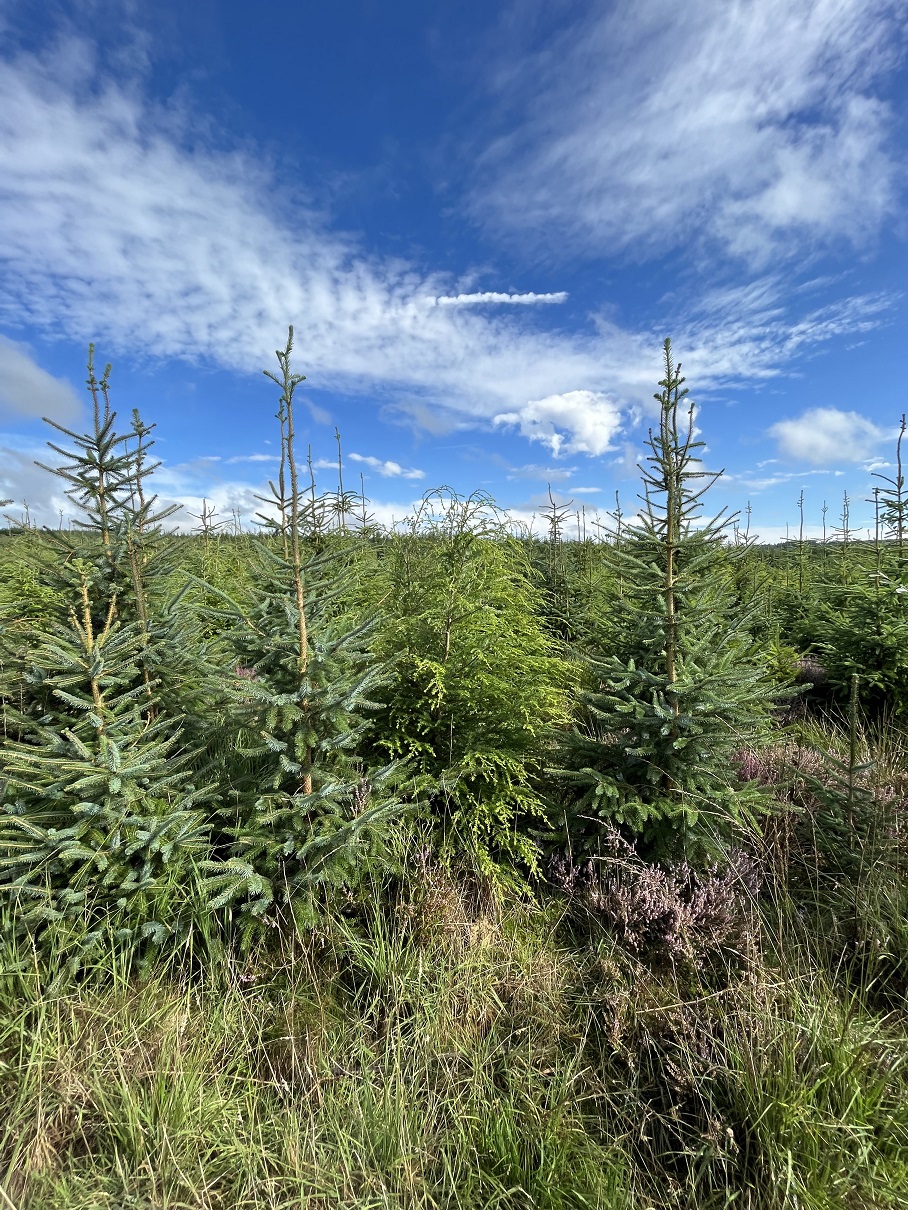
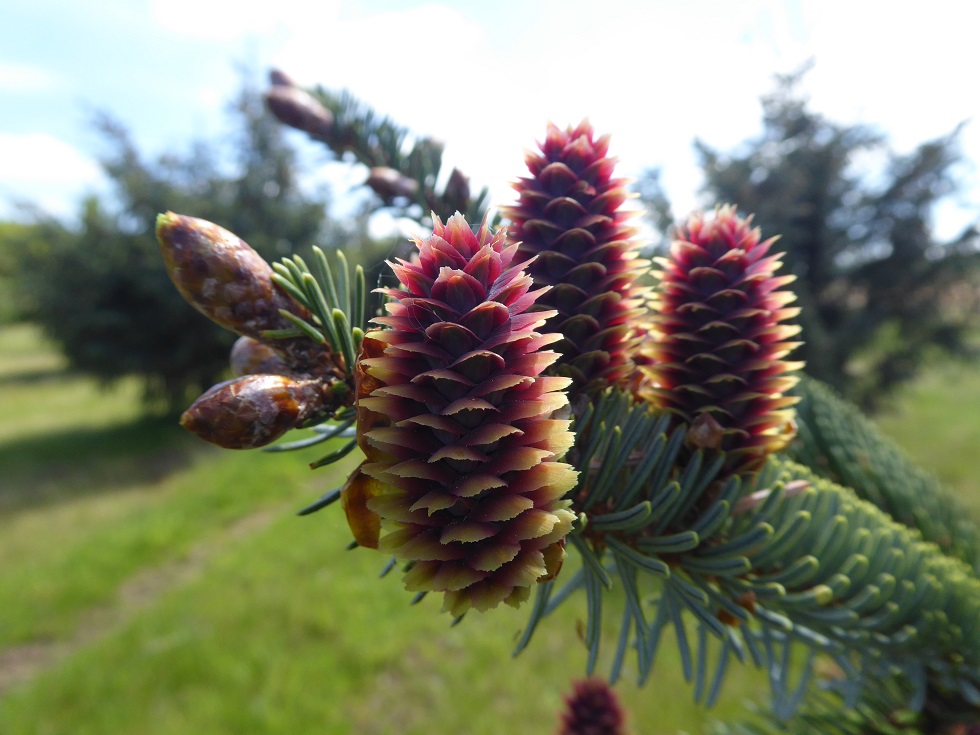
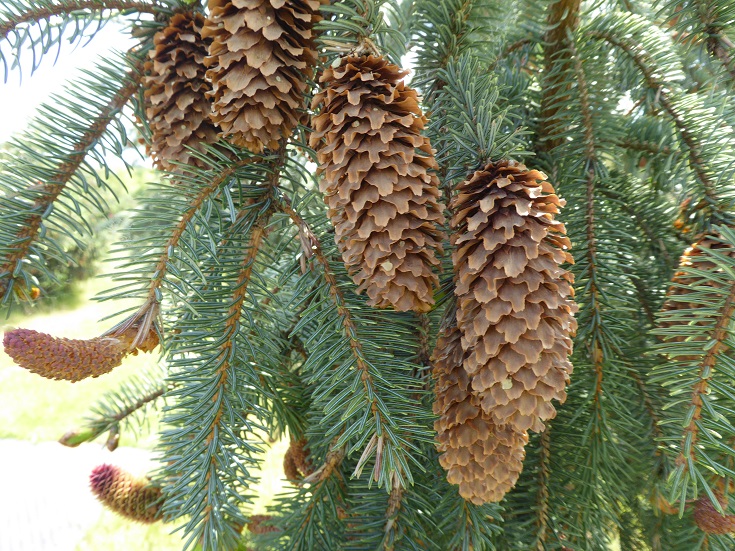
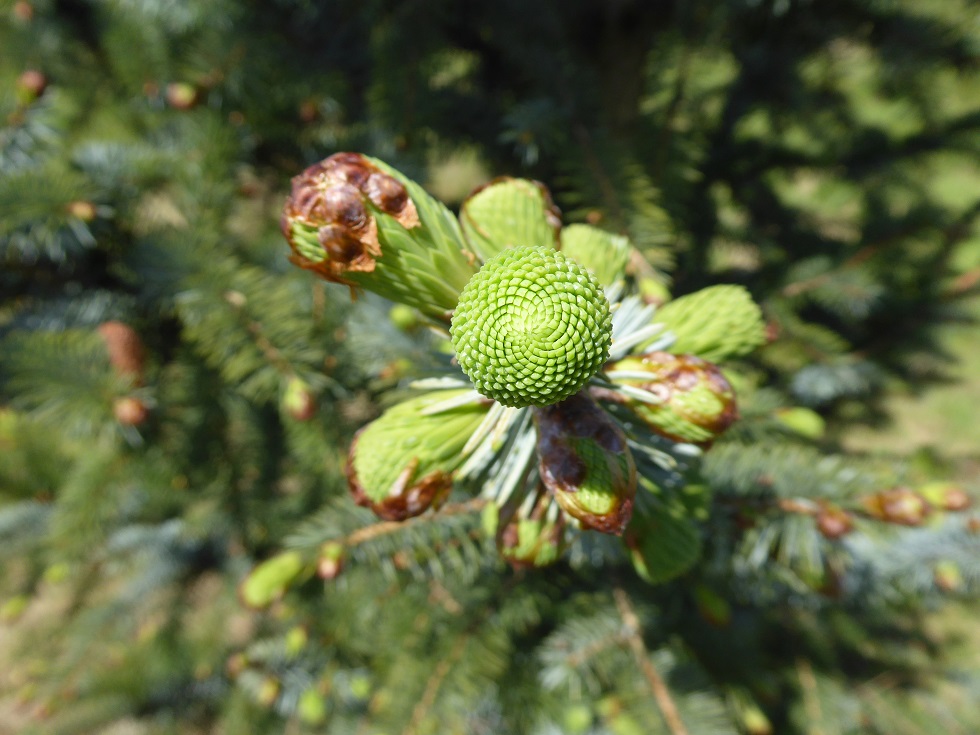
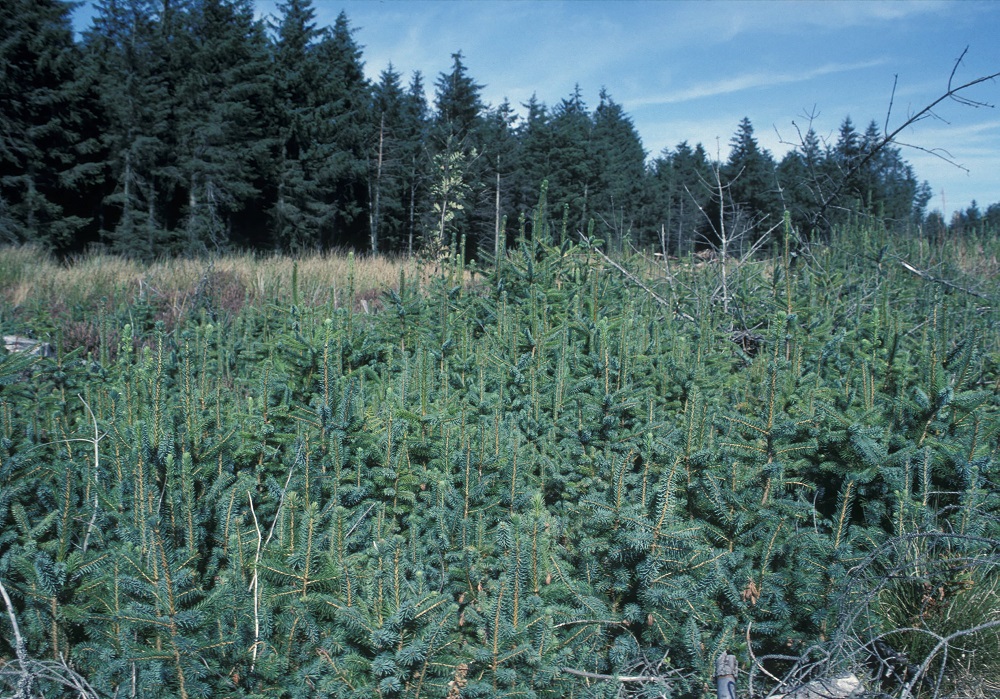
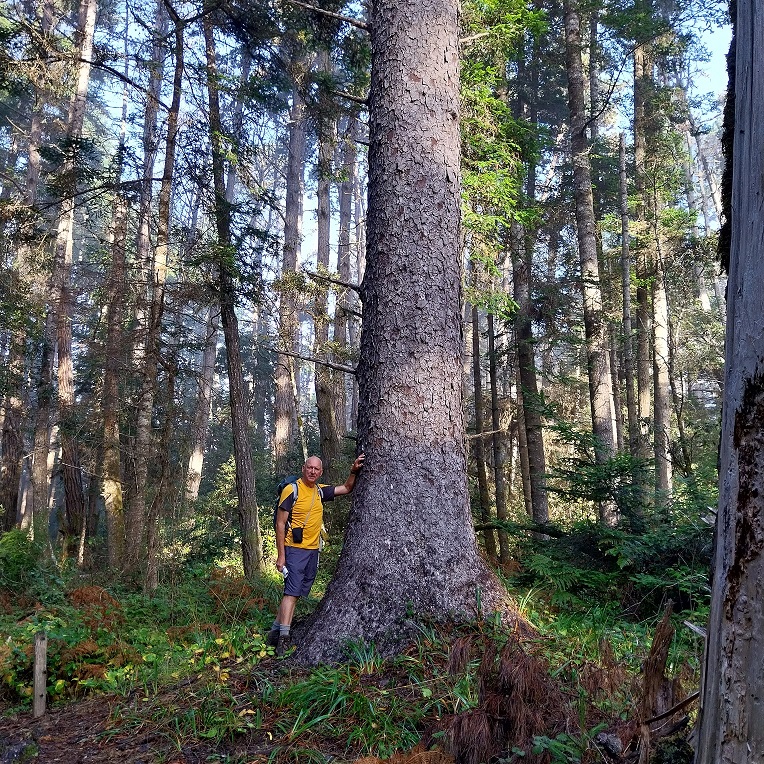
Range
Native to a narrow zone (the fog belt) along the west coast of North America from California to Alaska. Generally found on west-facing slopes and below 900 m in the north of its range and below 400 m in the south (California).
Provenance Choice
Provenances from the Haida Gwaii islands (previously known as the Queen Charlotte Islands (QCI)), were the preferred choice for much of the last century, although Washington seed sources were sometimes planted on southern sites (e.g., Wales, SW England). By the 1980s most seed were sourced from British stands and in the last two decades genetically improved material produced by tree breeding has become widely available.
Key Properties
Site Requirements
Sitka spruce is adapted to a maritime climate with high atmospheric moisture. Sites with less than 900-1000 mm rainfall per year should be avoided unless the soil is moist; the species is therefore best suited to the upland regions of north and west Britain. It is tolerant of exposure and cold hardy but can be severely damaged by late spring frosts and air pollution. It grows best on soils of poor or medium nutrient status with good moisture status and will grow well on drained peats and gleys. The species is sensitive to heather check on sites of very poor soil nutrient regime, where it should be grown in mixture with pine or larch species.
Further details on the suitability of Sitka spruce on different sites in current and future climates can be examined using the Forest Research Ecological Site Classification Decision Support System (ESC).
ECOLOGICAL SITE CLASSIFICATION TOOL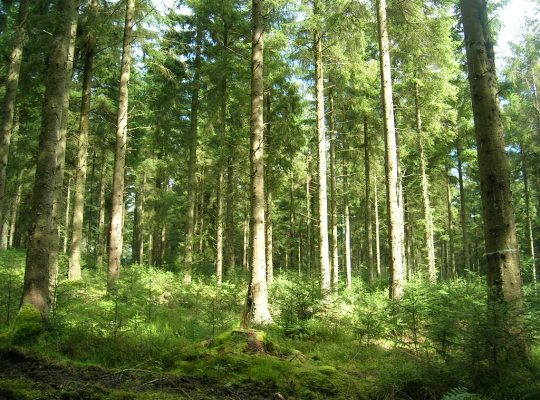
Silviculture
Sitka spruce should be planted at densities of 2500 stems ha-1 or more if quality timber production is an aim. Wider spacings risk trees developing coarse branches that result in timber downgrade.
Both bare-root and containerised plants of Sitka spruce can provide robust planting stock. A combination of good early growth and lower palatability to deer mean that establishment can be achieved by 5 years. Subsequent height growth is rapid with canopy closure achieved by 15-20 years. In even -aged stands, rotations of 40-50 years are common. The average yield class is between 14 and 16 m3 ha-1 yr-1 but values of 24 or more can occur. In areas with a high windthrow risk, Sitka spruce is often grown on shorter rotations with no thinning. In sheltered locations, longer rotations are possible and individual trees can be over 50 m tall.
Although typically grown in even-aged monocultures, Sitka spruce can be grown in mixtures and in irregular stands, provided the local windthrow risk allows regular thinning. However, since the species is of intermediate shade tolerance, it is not suited to intimate silvicultural systems such as single stem selection.
Sitka spruce begins to produce seed from about 25 years of age and good seed crops can be expected at about 4-8-year intervals thereafter. Following good seed years, natural regeneration can be abundant with densities of 10 to 50 thousand seedlings ha-1. Once established, such regeneration should be respaced to favour the better-quality stems.
Sitka spruce is well suited to conditions across upland Britain where its vigour, good general timber properties and tolerance of exposure have made it the major timber species. However, on drier sites (e.g., in eastern Scotland) climate change poses a risk of loss of vigour. On such sites greater use of thinning to open stands and reduce evaporative demand can reduce drought risks. However, where this is not feasible, more drought tolerant species such as Douglas fir or other spruces may be an alternative.
Pests and Pathogens
In years following mild winters, Sitka spruce can suffer very heavy defoliation by the green spruce aphid (Elatobium abietinum) with a significant impact on growth.
The great spruce bark beetle (Dendroctonus micans) accidentally introduced from continental Europe and which now attacks Sitka spruce has become established in many parts of Britain. A highly effective biological control is in place to control this pest in the form of a host-specific predatory beetle, Rhizophagus grandis.
In Europe, the larger eight-toothed European spruce bark beetle (Ips typographus) is a significant pest on Norway spruce and is killing trees as a result of mass beetle attack: Sitka spruce is a potential host species. Ips was discovered in Kent in 2018 and subsequently in 2021 the beetle is now spreading throughout southern England and is the subject to official action. Any suspected cases in mainland Britain should be reported via TreeAlert.
Seedlings planted on restocking sites can be severely damaged by the large pine weevil Hylobius abietis.
Conifer root and butt rot (Heterobasidion annosum) affects most commercial conifers and Sitka spruce is no exception, although in this species it primarily causes butt rot and only occasionally kills. However, the impact in plantations growing on peaty soils, especially under conditions of high rainfall, is low.
See our other tools and resources
Further Resources
Internal
In addition to the general sources of information for species the following are useful for Sitka spruce.
Lee, S.J. and Watt, G. (2012) Choosing Sitka spruce planting stock. Forestry Commission Practice Note 18, Forestry Commission Edinburgh.
Moore, J. (2011) Wood properties and uses of Sitka spruce in Britain. Forestry Commission Research Report. Forestry Commission, Edinburgh. i–vi + 1–48 pp
Samuel, C.J.A., Fletcher, A.M. and Lines R. (2007) Choice of Sitka Spruce Seed Origins for Use in British Forests. Forestry Commission Bulletin 127, Forestry Commission, Edinburgh.
External
In addition to the general sources of information for species the following are useful for Sitka spruce.
Cameron, AD (2015) Building Resilience into Sitka Spruce (Picea sitchensis (Bong.) Carr.) Forests in Scotland in Response to the Threat of Climate Change. Forests, 6, 398-415.
Kerr, G., Williams, D., Haufe, J., and Walmsley, J. (2021) Twenty years of success with continuous cover in Sitka spruce at Clocaenog Forest, Wales. Quarterly Journal of Forestry, 115, 98-106.




